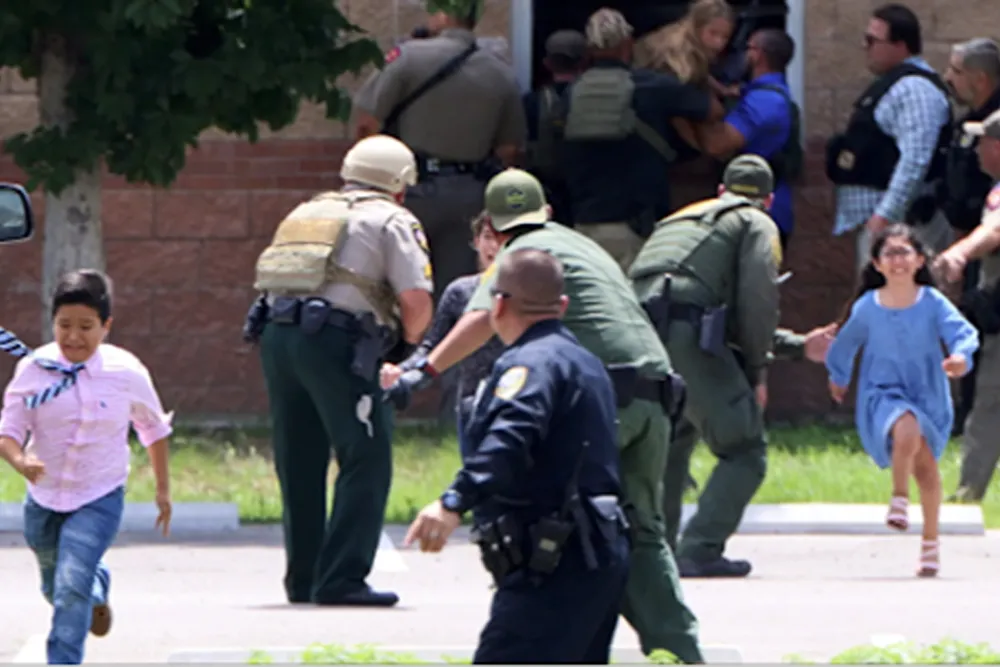In the blink of an eye, everything can change. Knowing how to respond in an active shooter situation can mean the difference between life and death. Are you prepared to act swiftly and decisively?
Run, Hide, Fight:
Why the FBI updated this safety mantra to Retreat, Barricade, Attack, and what to do if you find yourself in an Active Shooter Situation.
Originally, the mantra was “Run, Hide, Fight,” but it has evolved into “Retreat, Barricade, Attack” to emphasize proactive survival steps. If an active shooter is nearby, your first goal is to retreat safely from the threat. If that’s not possible, barricading yourself can provide a temporary safe haven. As a last resort, prepare to defend yourself aggressively. Each step requires quick thinking and decisive actions tailored to the unfolding situation.
Emergency Protocols for Schools, Businesses, and Public Places
Effective emergency protocols are tailored to the specific environment. Schools, businesses, and public spaces should have clear, practiced procedures that include lockdowns, communication systems, and designated safe areas. Regular drills and updates to these protocols are vital to ensure everyone knows what to do without hesitation.
Communicating Effectively with Law Enforcement
In an emergency, clear and concise communication with law enforcement is crucial. If you can safely do so, provide them with as much information as possible: the location of the shooter, descriptions, the number of potential victims, and any details that can help them respond effectively. Always follow their instructions carefully when they arrive on the scene.
First Aid and Triage for Injured Individuals
Basic first aid knowledge can save lives during an active shooter incident. Learn how to apply pressure to a wound, create tourniquets, and perform CPR. Even without formal training, doing something as simple as applying pressure to stop bleeding can be critical. Always ensure your safety first before helping others.
Understanding the Psychological Effects of an Active Shooter Incident
The trauma from experiencing or even just hearing about an active shooter incident can have long-lasting psychological effects. Acknowledging this, offering support, and seeking professional help are important steps in the healing process. Community support systems and counseling can play significant roles in recovery for all affected.
Summary
While we can’t control every situation, we can control how we respond in every situation. With the right knowledge and preparation, we can take significant steps to protect ourselves and others during an active shooter incident.
Recommendations
- Improve Your Situational Awareness: Regularly assess your surroundings and consider how you might respond in a crisis. This readiness can make all the difference.
- Active Shooter Response Training: Don’t wait until it’s too late. Enroll in an Active Shooter Response course today, and encourage your workplace or school to arrange the same training for everyone.
Don’t be a Soft Target
For more information and help to Protect What YOU Value Most, check out our inspiring courses at https://freestatesafetytraining.com/courses.




